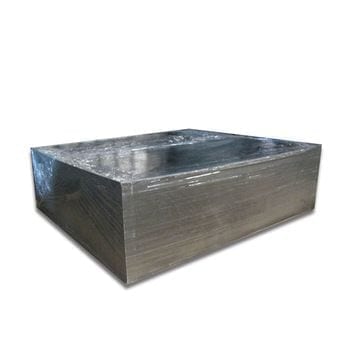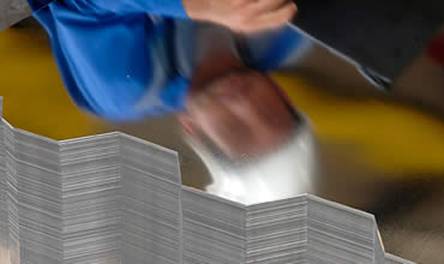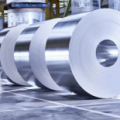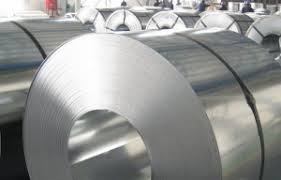Tinplate Electrolytic Tin Plating for the Metal Packaging Industry
Tinplate is a key material in the metal packaging industry, and electrolytic tin plating is an essential process in its manufacture. This treatment consists of applying a layer of tin on a low carbon steel strip to improve its properties and make it more suitable for packaging food and other products.
What is Electrolytic Tin?
Electrolytic tin plating is a coating technique that uses a tin-rich electrolyte to deposit a layer of tin on the tinplate surface. The resulting electrolytic tinplate is characterized by a neutralized surface and an oil coating, which protects the steel from corrosion and improves its weldability and appearance.
Electrolytic Tin Process
The electrolytic tin plating process begins with the preparation of the steel strip, which must be clean and free of oxides. Once prepared, the strip is immersed in an electrolytic bath containing tin ions. When an electric current is applied, tin ions are deposited on the surface of the steel, forming a uniform layer.
Advantages of Electrolytic Tin
- Corrosion Protection: Electrolytic tin provides an effective barrier against corrosion, which is essential for the preservation of food and other packaged products.
- Attractive Appearance: Electrolytic tinplate has a shiny and aesthetically pleasing surface, which is important for product presentation.
- Improved Solderability: The tin coating improves the solderability of the steel, facilitating the manufacture of high quality containers.
- Coating Thickness Control: The process allows precise control of the tin coating thickness, resulting in a more efficient use of the material and the possibility of adapting the product to different applications.
Types of Electrolytic Tinplate
- Uncoated Tinplate: Also known as shiny tinplate, it does not have any additional varnish coating.
- Varnished Tinplate: A varnish is applied over the tinplate to provide additional protection or to improve the appearance of the container.
- DR (Double Reduced) Tinplate: A second rolling is used to further reduce the thickness of the steel, resulting in a thinner but stronger product.
Production Considerations
Electrolytic tinning should be performed with care to avoid tin contamination of canned foods. In addition, the process must be controlled to ensure that the coating is uniform and that no defects occur that could affect the quality of the package.
Conclusion
Electrolytic tin plating is a vital process in the manufacture of tinplate for the metal packaging industry. Through this method, containers with excellent corrosion resistance, attractive appearance and good weldability are obtained, which guarantees the protection and preservation of the packaged product. With its ability to control coating thickness and its adaptability to different types of packaging, electrolytic tin plating remains a technology of choice for the metal packaging industry.













0 Comments